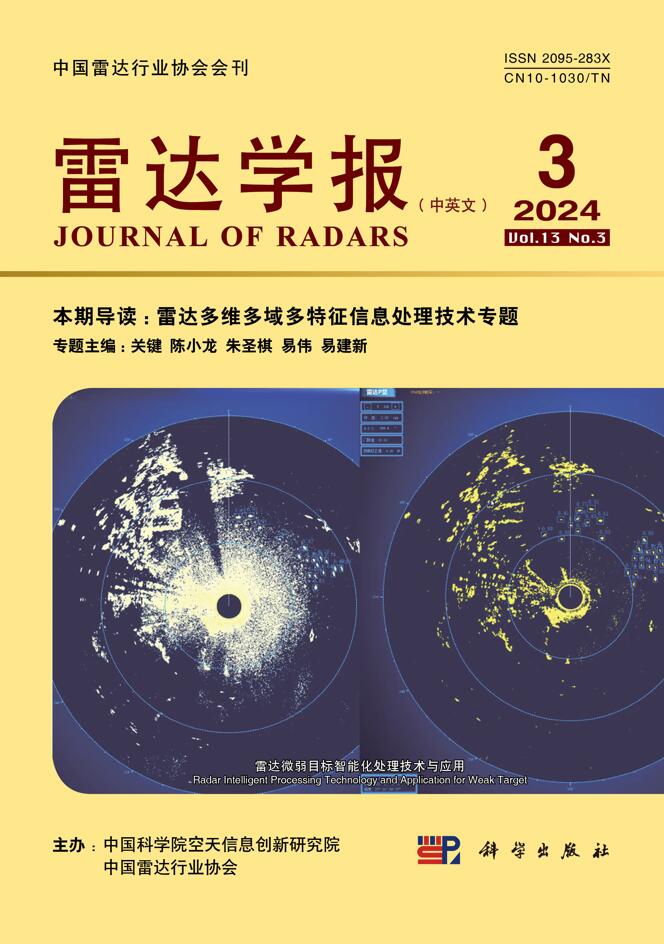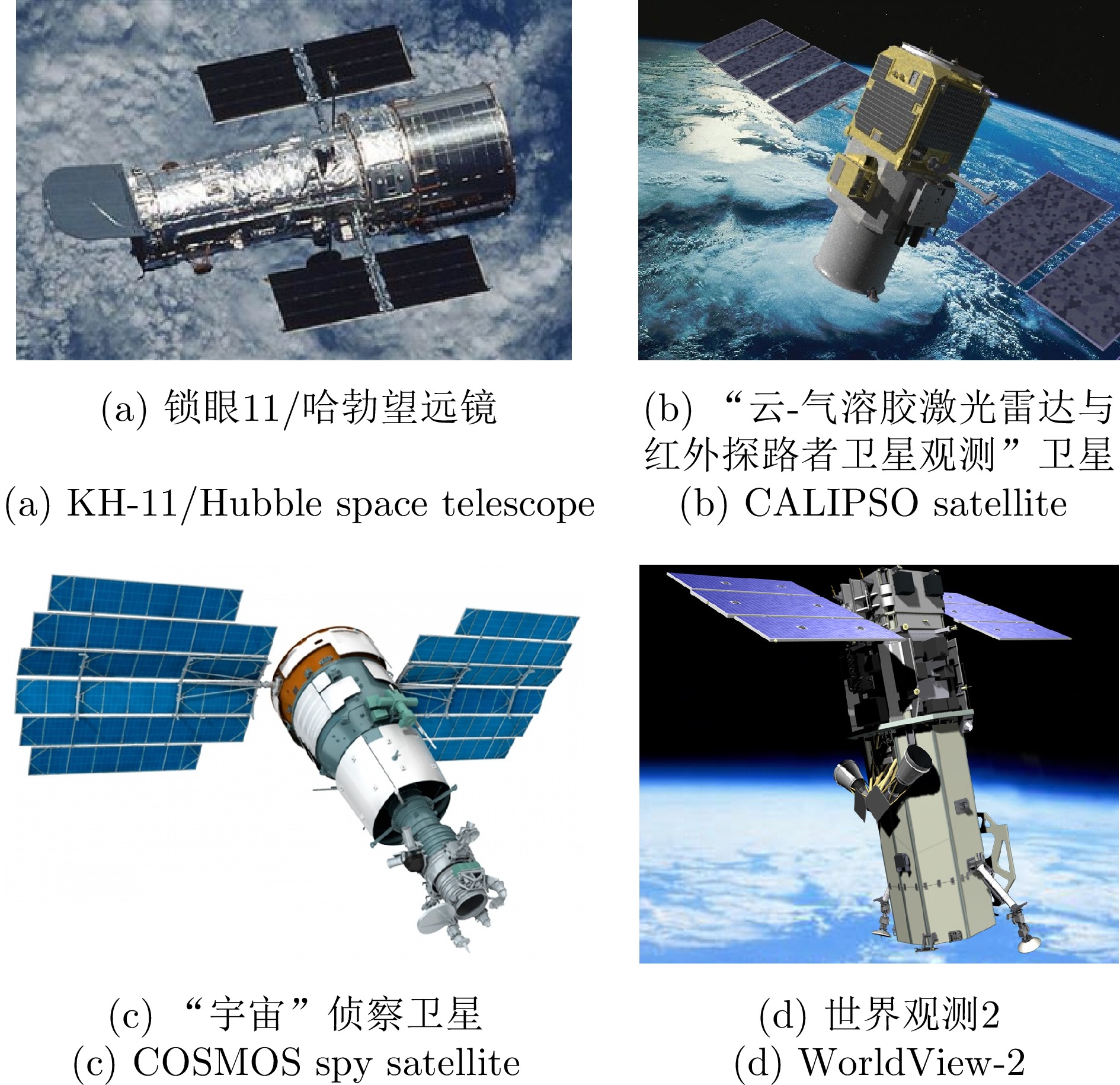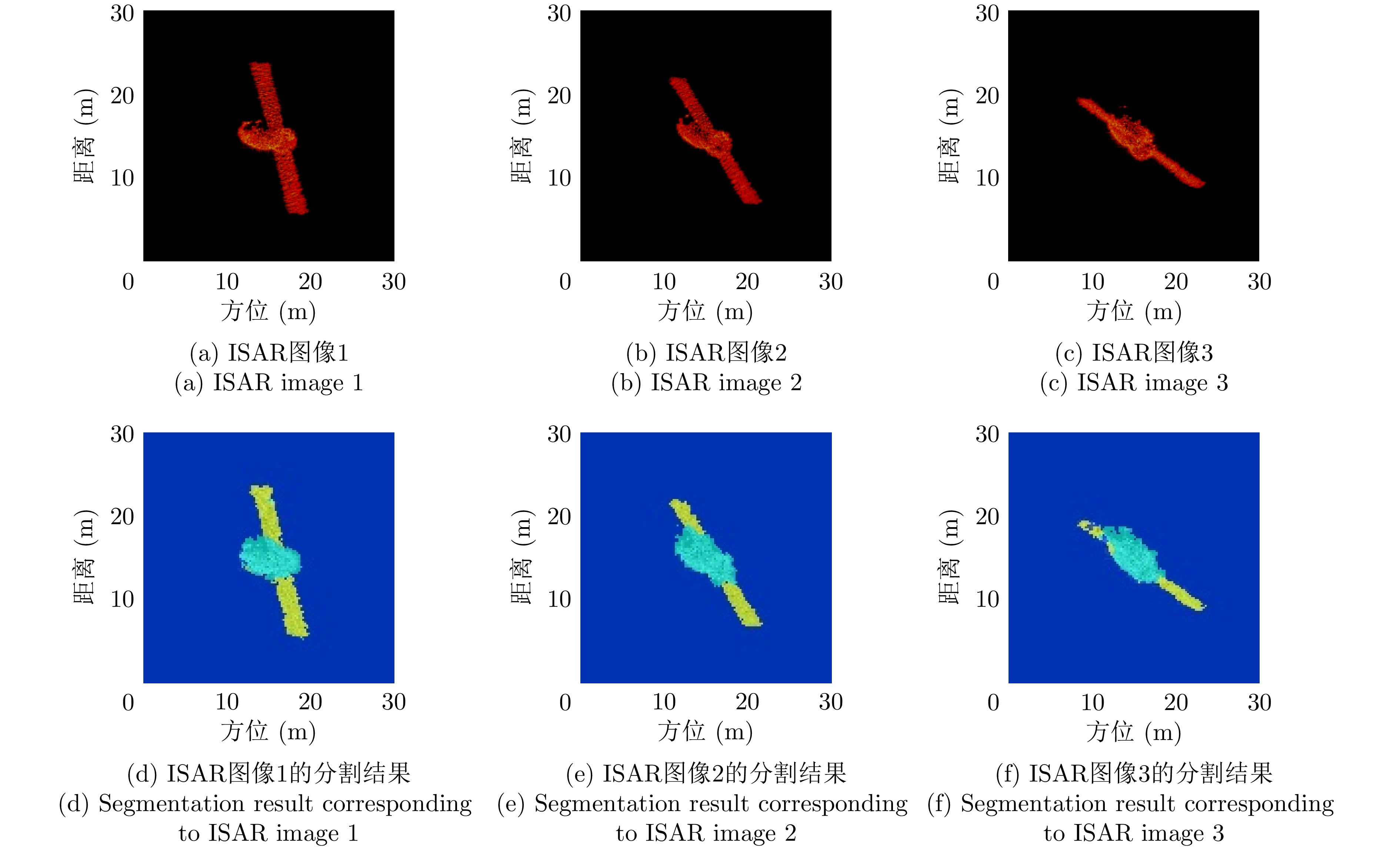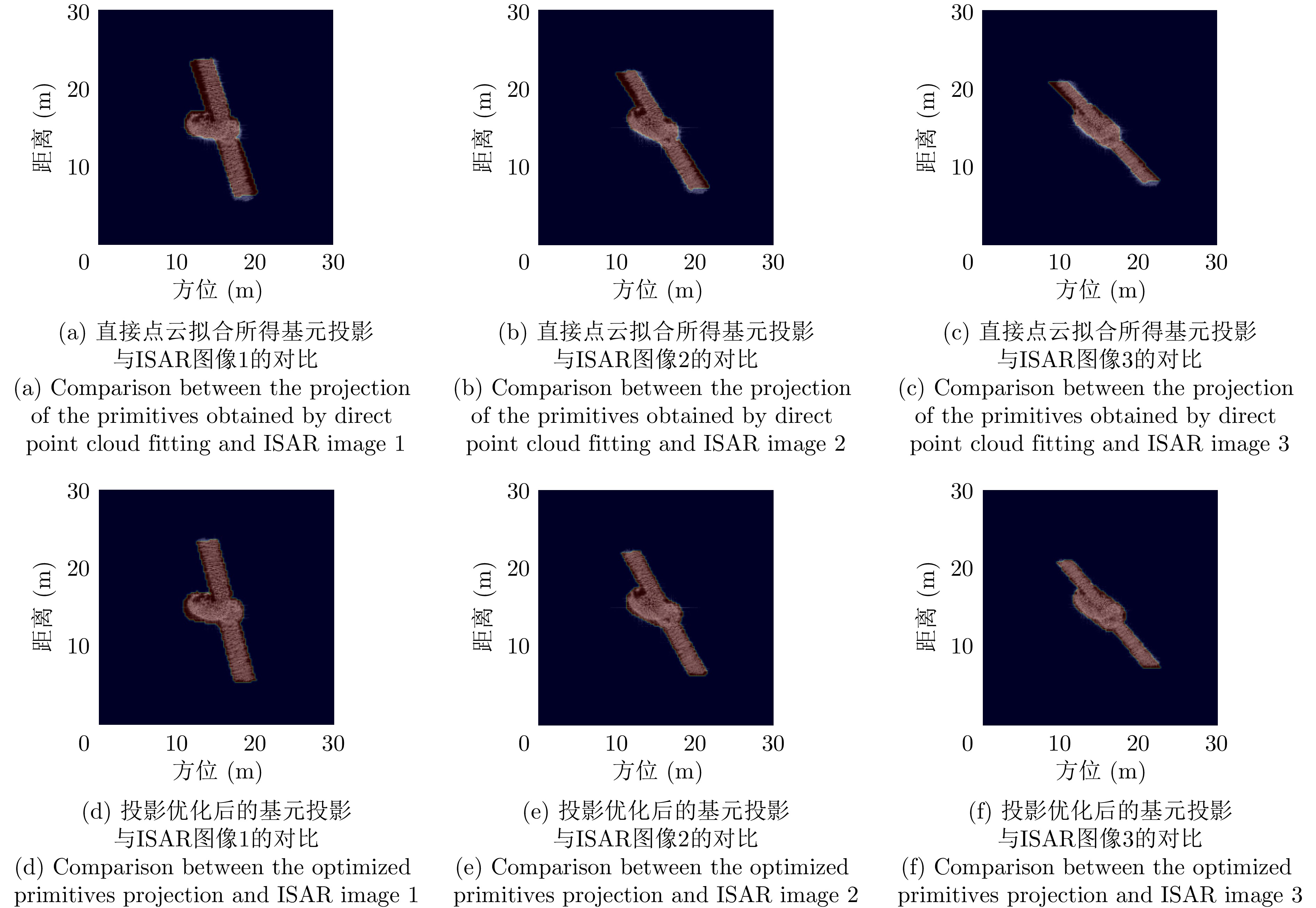| [1] |
田彪, 刘洋, 呼鹏江, 等. 宽带逆合成孔径雷达高分辨成像技术综述[J]. 雷达学报, 2020, 9(5): 765–802. doi: 10.12000/JR20060. TIAN Biao, LIU Yang, HU Pengjiang, et al. Review of high-resolution imaging techniques of wideband inverse synthetic aperture radar[J]. Journal of Radars, 2020, 9(5): 765–802. doi: 10.12000/JR20060. |
| [2] |
周叶剑, 马岩, 张磊, 等. 空间目标在轨状态雷达成像估计技术综述[J]. 雷达学报, 2021, 10(4): 607–621. doi: 10.12000/JR21086. ZHOU Yejian, MA Yan, ZHANG Lei, et al. Review of on-orbit state estimation of space targets with radar imagery[J]. Journal of Radars, 2021, 10(4): 607–621. doi: 10.12000/JR21086. |
| [3] |
Fraunhofer FHR Lab. Space observation radar TIRA[EB/OL]. https://www.fhr.fraunhofer.de/en/the-institute/technical-equipment/Space-observation-radar-TIRA.html, 2020.
|
| [4] |
Fraunhofer FHR Lab. Monitoring the re-entry of the Chinese space station Tiangong-1 with TIRA[EB/OL]. https://www.fhr.fraunhofer.de/en/sections/Radar-for-Space-Situational-Awareness-RWL/monitoring-the-re-entry-of-the-chinese-space-station-tiangong-1-with-tira.html, 2018.
|
| [5] |
ZHOU Yejian, ZHANG Lei, CAO Yunhe, et al. Attitude estimation and geometry reconstruction of satellite targets based on ISAR image sequence interpretation[J]. IEEE Transactions on Aerospace and Electronic Systems, 2019, 55(4): 1698–1711. doi: 10.1109/TAES.2018.2875503. |
| [6] |
ZHOU Yejian, ZHANG Lei, and CAO Yunhe. Dynamic estimation of spin spacecraft based on multiple-station ISAR images[J]. IEEE Transactions on Geoscience and Remote Sensing, 2020, 58(4): 2977–2989. doi: 10.1109/TGRS.2019.2959270. |
| [7] |
ZHOU Yejian, ZHANG Lei, CAO Yunhe, et al. Optical-and-radar image fusion for dynamic estimation of spin satellites[J]. IEEE Transactions on Image Processing, 2020, 29: 2963–2976. doi: 10.1109/TIP.2019.2955248. |
| [8] |
XIE Pengfei, ZHANG Lei, DU Chuan, et al. Space target attitude estimation from ISAR image sequences with key point extraction network[J]. IEEE Signal Processing Letters, 2021, 28: 1041–1045. doi: 10.1109/LSP.2021.3075606. |
| [9] |
ZHOU Jianxiong, SHI Zhiguang, and FU Qiang. Three-dimensional scattering center extraction based on wide aperture data at a single elevation[J]. IEEE Transactions on Geoscience and Remote Sensing, 2015, 53(3): 1638–1655. doi: 10.1109/tgrs.2014.2346509. |
| [10] |
白雪茹. 空天目标逆合成孔径雷达成像新方法研究[D]. [博士论文], 西安电子科技大学, 2011.
BAI Xueru. Study on new techniques for ISAR imaging of aerospace targets[D]. [Ph.D. dissertation], Xidian University, 2011.
|
| [11] |
FERRARA M, ARNOLD G, and STUFF M. Shape and motion reconstruction from 3D-to-1D orthographically projected data via object-image relations[J]. IEEE Transactions on Pattern Analysis and Machine Intelligence, 2009, 31(10): 1906–1912. doi: 10.1109/TPAMI.2008.294. |
| [12] |
MCFADDEN F E. Three-dimensional reconstruction from ISAR sequences[C]. SPIE 4744, Sensor Technology and Data Visualization, Orlando, USA, 2002: 58–67. doi: 10.1117/12.488289. |
| [13] |
LIU Lei, ZHOU Feng, BAI Xueru, et al. Joint cross-range scaling and 3D geometry reconstruction of ISAR targets based on factorization method[J]. IEEE Transactions on Image Processing, 2016, 25(4): 1740–1750. doi: 10.1109/TIP.2016.2526905. |
| [14] |
WANG Canyu, JIANG Libing, LI Mengxi, et al. Slow-spinning spacecraft cross-range scaling and attitude estimation based on sequential ISAR images[J]. IEEE Transactions on Aerospace and Electronic Systems, 2023, 59(6): 7469–7485. doi: 10.1109/TAES.2023.3291337. |
| [15] |
WANG Feng, XU Feng, and JIN Yaqiu. Three-dimensional reconstruction from a multiview sequence of sparse ISAR imaging of a space target[J]. IEEE Transactions on Geoscience and Remote Sensing, 2018, 56(2): 611–620. doi: 10.1109/TGRS.2017.2737988. |
| [16] |
LIU Lei, ZHOU Zuobang, ZHOU Feng, et al. A new 3-D geometry reconstruction method of space target utilizing the scatterer energy accumulation of ISAR image sequence[J]. IEEE Transactions on Geoscience and Remote Sensing, 2020, 58(12): 8345–8357. doi: 10.1109/TGRS.2020.2986465. |
| [17] |
PASCHALIDOU D, VAN GOOL L, and GEIGER A. Learning unsupervised hierarchical part decomposition of 3D objects from a single RGB image[C]. 2020 IEEE/CVF Conference on Computer Vision and Pattern Recognition, Seattle, USA, 2020: 1057–1067. doi: 10.1109/CVPR42600.2020.00114. |
| [18] |
KLUGER F, ACKERMANN H, BRACHMANN E, et al. Cuboids revisited: Learning robust 3D shape fitting to single RGB images[C]. 2021 IEEE/CVF Conference on Computer Vision and Pattern Recognition, Nashville, USA, 2021: 13065–13074. doi: 10.1109/CVPR46437.2021.01287. |
| [19] |
RONNEBERGER O, FISCHER P, and BROX T. U-Net: Convolutional networks for biomedical image segmentation[C]. 18th International Conference on Medical Image Computing and Computer-Assisted Intervention, Munich, Germany, 2015: 234–241. doi: 10.1007/978-3-319-24574-4_28. |
| [20] |
QUADRELLI M B. Spacecraft dynamics and control: An introduction [bookshelf][J]. IEEE Control Systems Magazine, 2015, 35(2): 103–106. doi: 10.1109/MCS.2014.2385295. |
| [21] |
BELLEKENS B, SPRUYT V, BERKVENS R, et al. A survey of rigid 3D pointcloud registration algorithms[C]. The Fourth International Conference on Ambient Computing, Applications, Services and Technologies, Rome, Italy, 2014: 8–13.
|
| [22] |
KINGMA D P and BA J. Adam: A method for stochastic optimization[C]. 3rd International Conference on Learning Representations, San Diego, USA, 2015: 13.
|
| [23] |
OTSU N. A threshold selection method from gray-level histograms[J]. IEEE Transactions on Systems, Man, and Cybernetics, 1979, 9(1): 62–66. doi: 10.1109/TSMC.1979.4310076. |
| [24] |
BOAG A. A fast physical optics (FPO) algorithm for high frequency scattering[J]. IEEE Transactions on Antennas and Propagation, 2004, 52(1): 197–204. doi: 10.1109/tap.2003.822426. |
| [25] |
ZOU Jiawei, HE Siyuan, YANG Zewang, et al. Analysis of radar image formation mechanism of complex target[J]. Science Technology and Engineering, 2022, 22(28): 12468–12475. doi: 10.3969/j.issn.1671-1815.2022.28.029. |
| [26] |
董纯柱, 胡利平, 朱国庆, 等. 地面车辆目标高质量SAR图像快速仿真方法[J]. 雷达学报, 2015, 4(3): 351–360. doi: 10.12000/JR15057. DONG Chunzhu, HU Liping, ZHU Guoqing, et al. Efficient simulation method for high quality SAR images of complex ground vehicles[J]. Journal of Radars, 2015, 4(3): 351–360. doi: 10.12000/JR15057. |
| [27] |
CUI Shan, LI Sheng, and YAN Hua. A method of 3D scattering center extraction based on multiple HRRP series[J]. Journal of System Simulation, 2018, 30(2): 443–451. doi: 10.16182/j.issn1004731x.joss.201802010. |
| [28] |
闫华, 张磊, 陆金文, 等. 任意多次散射机理的GTD散射中心模型频率依赖因子表达[J]. 雷达学报, 2021, 10(3): 370–381. doi: 10.12000/JR21005. YAN Hua, ZHANG Lei, LU Jinwen, et al. Frequency-dependent factor expression of the GTD scattering center model for the arbitrary multiple scattering mechanism[J]. Journal of Radars, 2021, 10(3): 370–381. doi: 10.12000/JR21005. |




 Submit Manuscript
Submit Manuscript Peer Review
Peer Review Editor Work
Editor Work





 DownLoad:
DownLoad:







